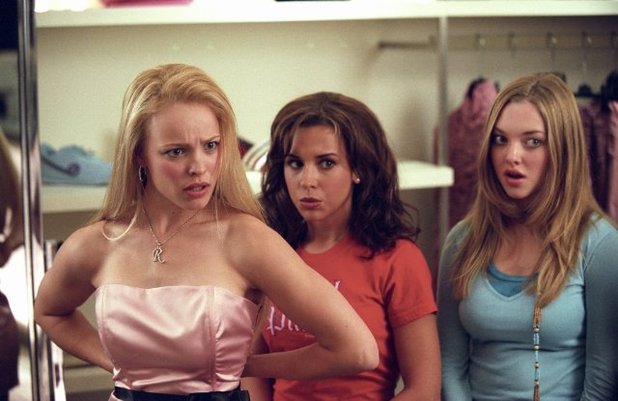When thinking about what age classification my production will be it is likely that it will be a 15 age rating as this allows for frequent strong language, dangerous behaviors and moderate violence. However, the opening sequence alone does not meet the 15 criteria as it doesn't involve violence or bad language use.
Our production as a whole would have the age restriction of fifteen but this is not able identify specific details of who we think our audience would be.
Whilst planning and sharing ideas about what we think our opening sequence should include my group and I decided on one main protagonist as the lead who would be female. Female audiences watching our piece could identify them selves with our main character but we do not watch to alienate the potential male audience for our product. I do not think deciding to have a female lead would make male viewers turn away from my product as the story is not dominated by a single sex which is able to make it appeal to both.
Continue with our chosen character her age in the piece will be around 19, having her be fairly young could make our product appeal to people who are late teenagers and young adults as they would be able to relate to the main character.
The characteristics of our main character should not completely define and speak for all of our potential audience as they may be people who are older than a young adult who are interested in the story line of our production.
I feel that it's most important for our audience to be of people who enjoy the watching the genre of a drama-mystery film and consist of people who appreciate and detailed and twisting story line. Having those people as our target audience will benefit our production as they will be able to realize the meanings of our story and sustain an interest.













